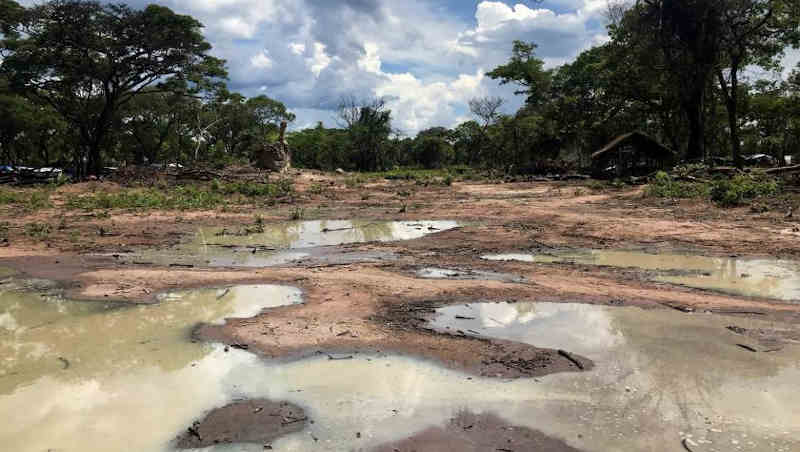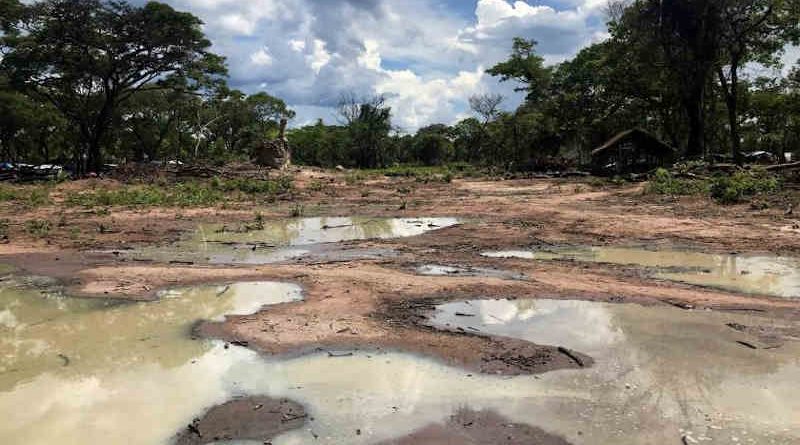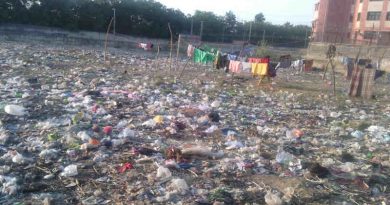NEAT+ Digital Tool to Analyze Environmental Data

UN Environment (UNEP) with support from the UN Refugee Agency has piloted a tool for environmental data gathering and risk assessment, the Nexus Environmental Assessment Tool (NEAT+). The tool was deployed in the Mantapala refugee settlement in northern Zambia.
It is a user-friendly environmental screening tool for humanitarian contexts, which combines environmental data with site-specific questions to automatically analyze and flag priority environmental risks.
The tool was developed by eight humanitarian and environmental organizations as part of the joint initiative. NEAT+ supports humanitarian actors in quickly identifying issues of concern to increase the efficiency, accountability and sustainability of emergency or recovery interventions.
Research Report
[ Lethal Gas Chambers of India: Research Report on Pollution in Delhi ]
“NEAT+ answers the demand of a simple process to assess the sensitivity of the environment in displacement settings. It overlays environmental realities with a proposed humanitarian intervention, identifying risk and mitigation measures,” says Emilia Wahlstrom, Programme Officer, UN Environment / Office for the Coordination of Humanitarian Affairs Joint Unit.
NEAT+ runs on KoBo—a free, open source data collection platform—built by the Harvard Humanitarian Initiative—that allows data to be collected through phone, tablet or computer.
Once the data is recorded, the program automatically generates a report in Excel, categorizing risk into high, medium and low, and providing information that can help mitigate the risk.
As a next step, NEAT+ will draw increasingly on MapX, an online, open-source, fully-customizable platform for accessing and visualizing geospatial environmental data. It offers various tools to highlight different environmental risks such as deforestation, natural hazards and flood risks. NEAT will use MapX to gather and visualize data.





